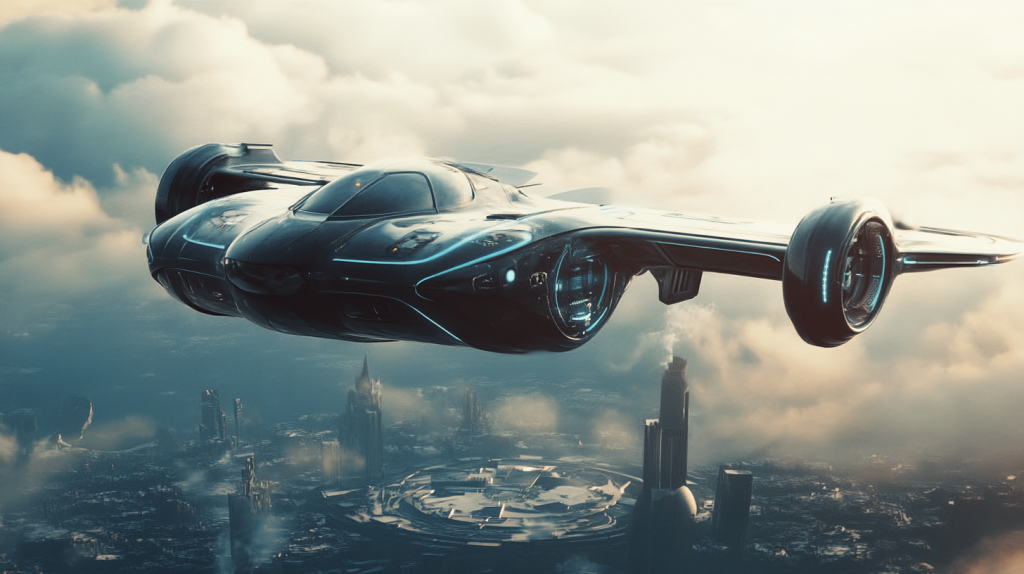The 1960s was a decade of innovation and wild imagination. Inventors and futurists dreamed up all sorts of gadgets they thought would revolutionize our lives. While some of these inventions paved the way for modern technology, others faded into obscurity. Let’s take a look at 16 futuristic gadgets from the ’60s that didn’t quite make it to the 21st century.
The Jet Pack

In the 1960s, the jet pack seemed like the coolest way to get around. Imagine zipping through the air like a superhero! The Bell Rocket Belt, developed in 1961, could lift a person 30 feet high and fly for 21 seconds. Despite its wow factor, the jet pack never became practical for everyday use. It guzzled fuel, was hard to control, and couldn’t fly for long. Today, jet packs remain a novelty rather than a common mode of transport.
The Flying Car
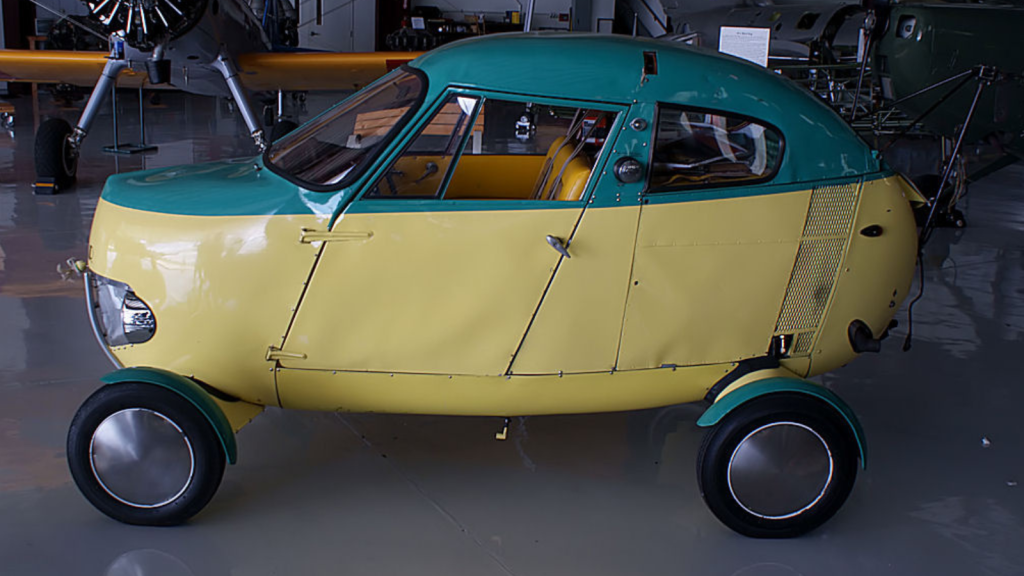
The idea of a flying car captured everyone’s imagination in the ’60s. Companies like Ford and Curtiss-Wright worked on prototypes that could drive on roads and take to the skies. The Aerocar, designed by Moulton Taylor, even got FAA approval. However, these vehicles faced major hurdles. They were expensive, needed special licenses, and posed safety risks. The dream of flying cars lives on, but we’re still waiting for them to become a reality.
The Picturephone
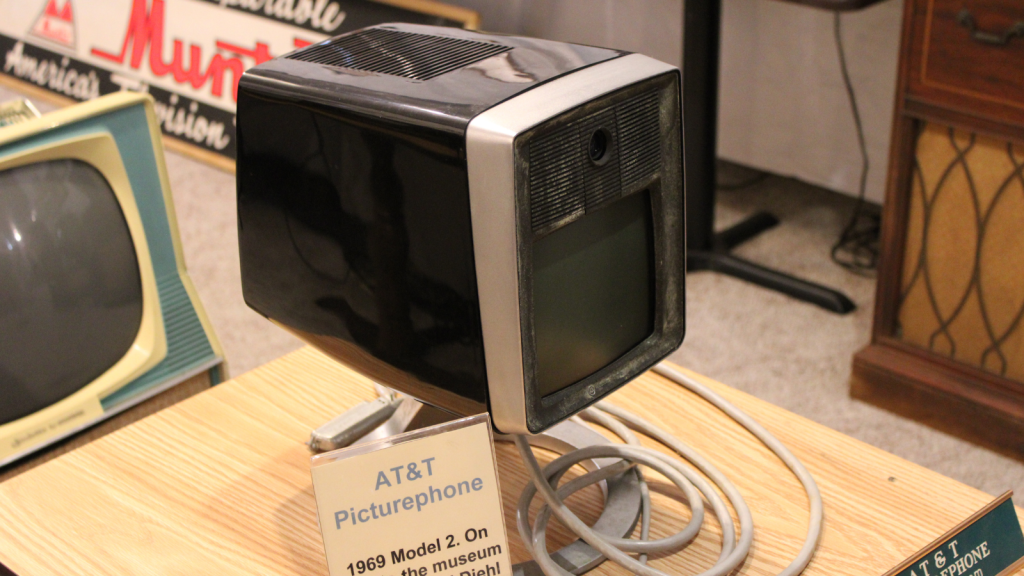
AT&T introduced the Picturephone at the 1964 New York World’s Fair. It allowed people to see each other while talking on the phone. Everyone thought video calling would be the next big thing. But the Picturephone flopped. It was expensive, the picture quality was poor, and people felt uncomfortable being seen on calls. Little did they know that decades later, video calls would become commonplace with smartphones and computers.
The Smell-O-Vision
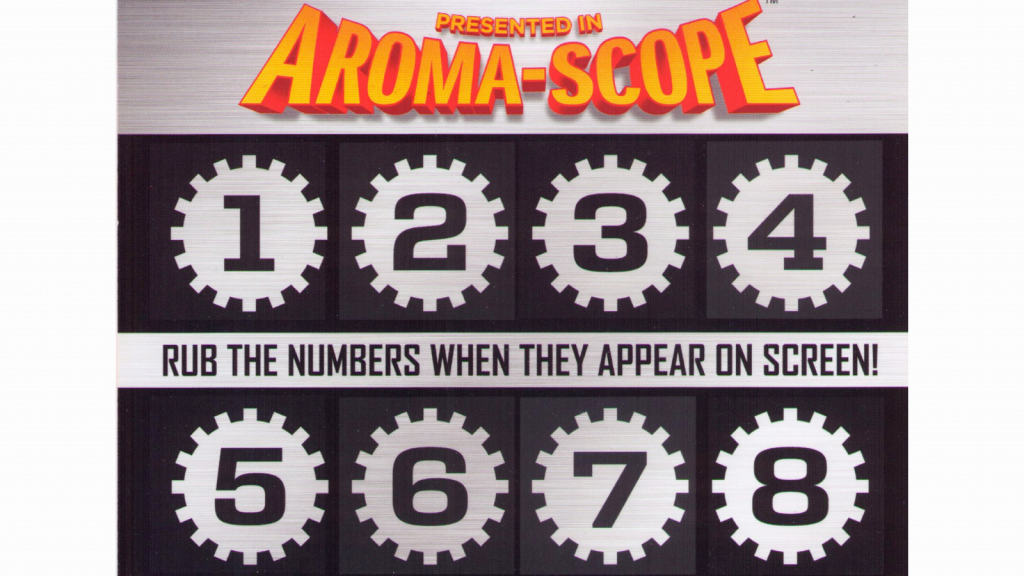
In 1960, film producer Mike Todd Jr. introduced Smell-O-Vision. This system released scents during movies to enhance the viewing experience. It debuted with the film “Scent of Mystery.” Audiences could smell perfume, coffee, and even shoe polish as they watched. But Smell-O-Vision had problems. The scents often came late or mixed together. Viewers found it distracting rather than immersive. The technology never caught on, and smell-enhanced movies remained a quirky experiment.
The Robot Maid
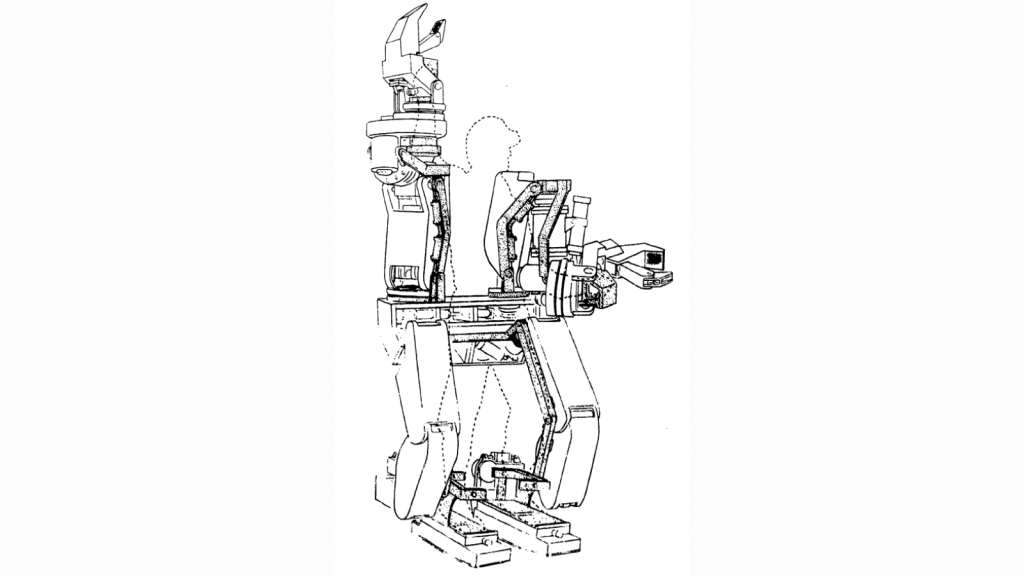
The 1960s promised us robot maids like Rosie from “The Jetsons.” Companies tried to make this a reality. General Electric unveiled a prototype called “Handyman” in 1965. It could pour drinks and vacuum floors. But these robots were clumsy and limited in what they could do. They also cost a fortune. While we now have robot vacuums, the dream of a fully functional robot maid is still science fiction.
The Pneumatic Tube Transport
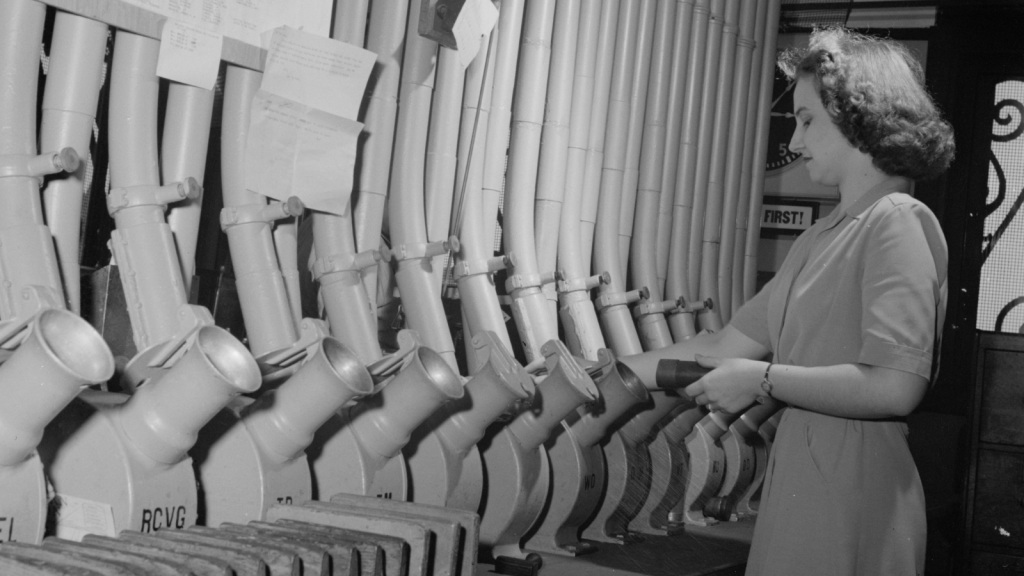
Imagine zipping through underground tubes to get around town. This was the vision of the Tubeway Transit System proposed in the 1960s. The idea was to use compressed air to propel capsules carrying people through a network of tubes. It promised to be faster and more efficient than cars or trains. But the high cost of building the infrastructure and concerns about safety put the brakes on this futuristic transport system.
The Atomic Automobile
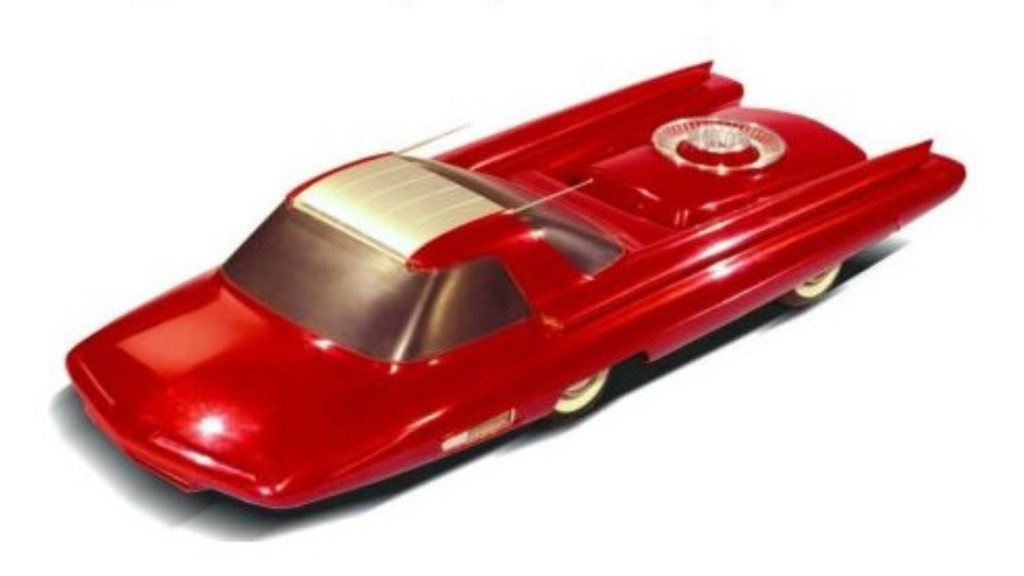
In the nuclear-obsessed 1960s, some dreamed of cars powered by small nuclear reactors. Ford even created a concept car called the Nucleon. The idea was that these cars would run for years without refueling. But the dangers of putting nuclear reactors on the road quickly became apparent. Radiation risks and the potential for accidents in crashes made this idea too risky. The atomic car remained a concept, never making it to production.
The Hovercraft Car
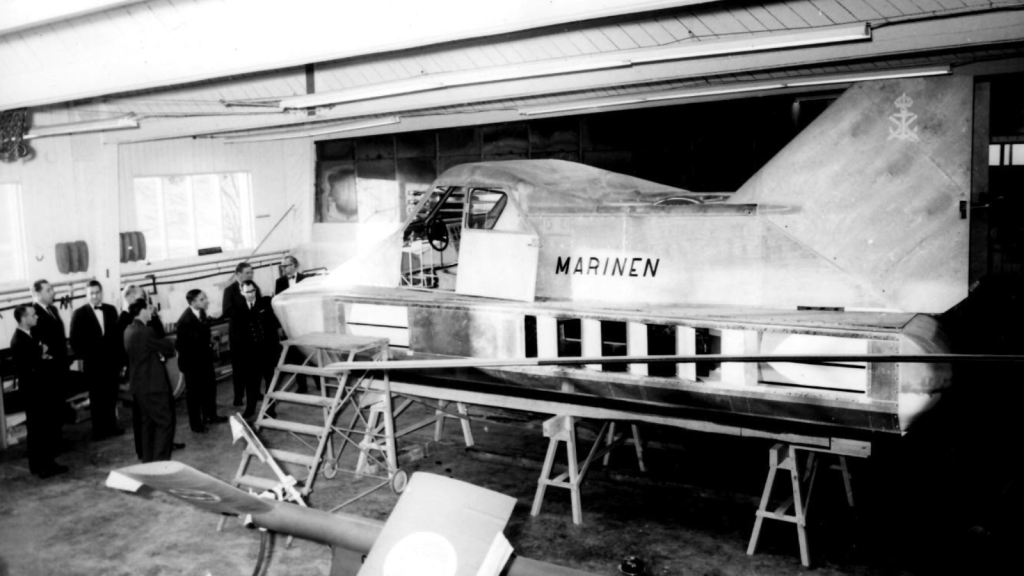
Hovercraft technology excited many in the ’60s. Some thought we’d all be gliding over land and water in personal hovercrafts by the year 2000. The Curtiss-Wright Air Car was one such attempt. It could float a few inches off the ground using a cushion of air. But hovercraft cars proved impractical. They were noisy, used lots of fuel, and struggled with uneven terrain. While hovercraft found uses in specific areas, they never replaced our wheeled vehicles.
The Jetovator

The Jetovator was a water-powered jetpack introduced in the late ’60s. It used water pressure to lift a person up to 30 feet in the air. People thought it would be the next big thing in water sports. But the Jetovator had problems. It was hard to control, expensive, and could only be used in deep water. While similar devices exist today for thrill-seekers, the Jetovator itself didn’t make a splash in the mainstream.
The Microwave Clothes Dryer
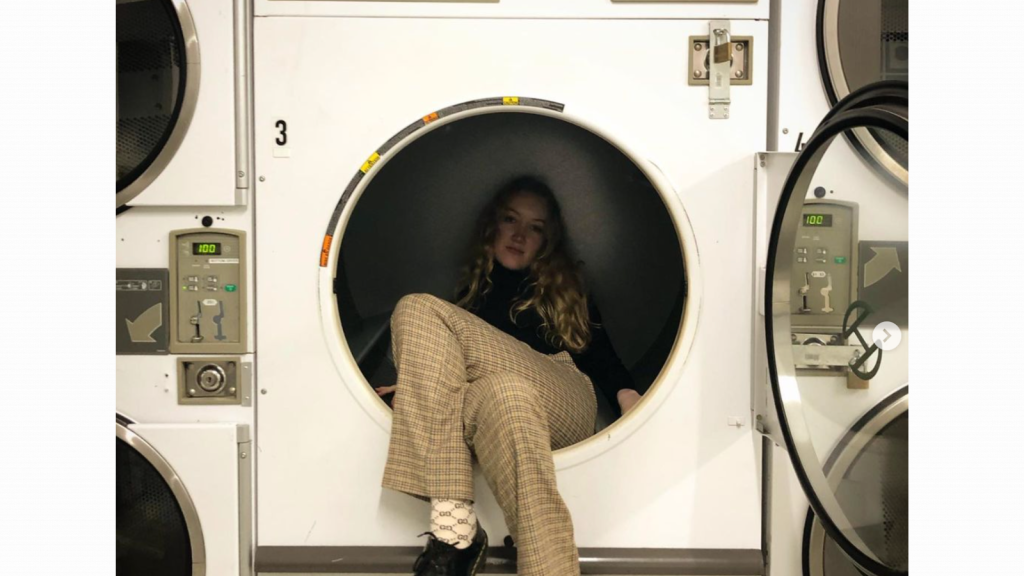
In the 1960s, some companies tried to apply microwave technology to clothes drying. The idea was to dry clothes faster and more efficiently than traditional dryers. But these microwave dryers had issues. They could damage certain fabrics and metallic elements in clothing. There were also concerns about the safety of microwaving clothes. In the end, traditional tumble dryers won out, and microwave clothes dryers never made it to our laundry rooms.
The Personal Submarine
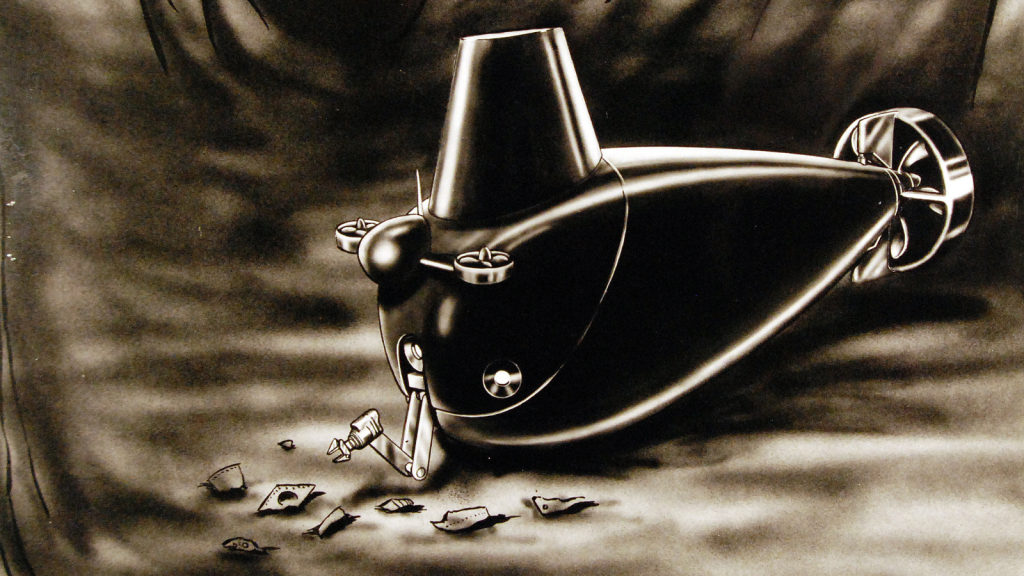
The 1960s saw a surge of interest in undersea exploration. This led to the idea of personal submarines for recreational use. Companies like General Dynamics developed small submersibles for civilian use. But personal subs faced many challenges. They were expensive, required special training to operate, and had limited practical use for most people. While submarines are still used for research and military purposes, personal subs remain a luxury item for the very wealthy.
The Monorail

Monorails seemed like the transport of the future in the ’60s. Cities like Seattle built monorail systems, expecting them to revolutionize urban travel. Walt Disney even included one in his vision for the “city of tomorrow.” But monorails had drawbacks. They were expensive to build and maintain, and less flexible than other forms of public transport. While some monorails still operate today, they never became the widespread transit solution many expected.
The Rocket Belt
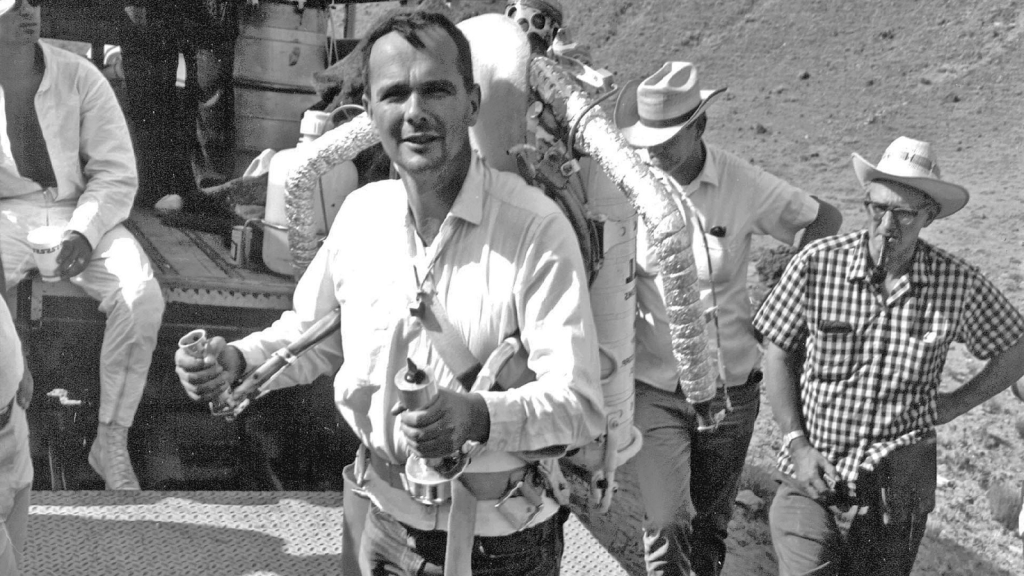
Different from jet packs, rocket belts used hydrogen peroxide as fuel. They could lift a person for about 20 seconds. The U.S. military tested them in the 1960s, thinking they might be useful for soldiers. James Bond even used one in the movie “Thunderball.” But rocket belts had major limitations. They could only fly for a very short time and were extremely dangerous. The fuel was highly explosive, and a crash could be fatal. As a result, rocket belts never became more than a novelty item for daredevils and movie stunts.
The Robo-Dog
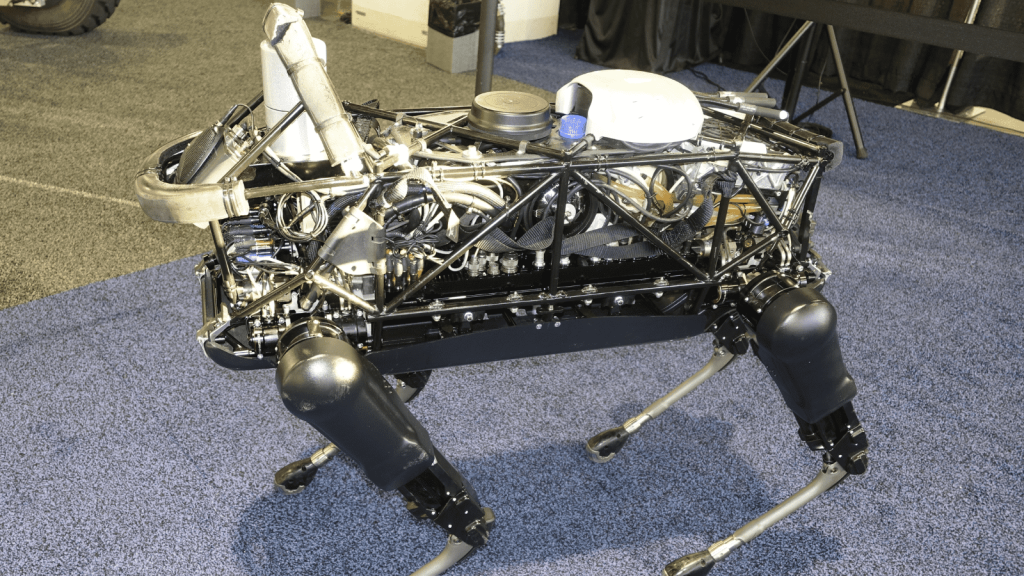
In the 1960s, some companies tried to create robotic pets. One example was the “Elek-Tro” dog by Ideal Toy Company. It could walk, wag its tail, and respond to voice commands. People thought robot pets might become common household companions. But these early robo-dogs were limited in what they could do. They were also expensive and prone to breaking down. While we now have more advanced robot pets, they’re still not as popular as their living, breathing counterparts.
The Mood Ring
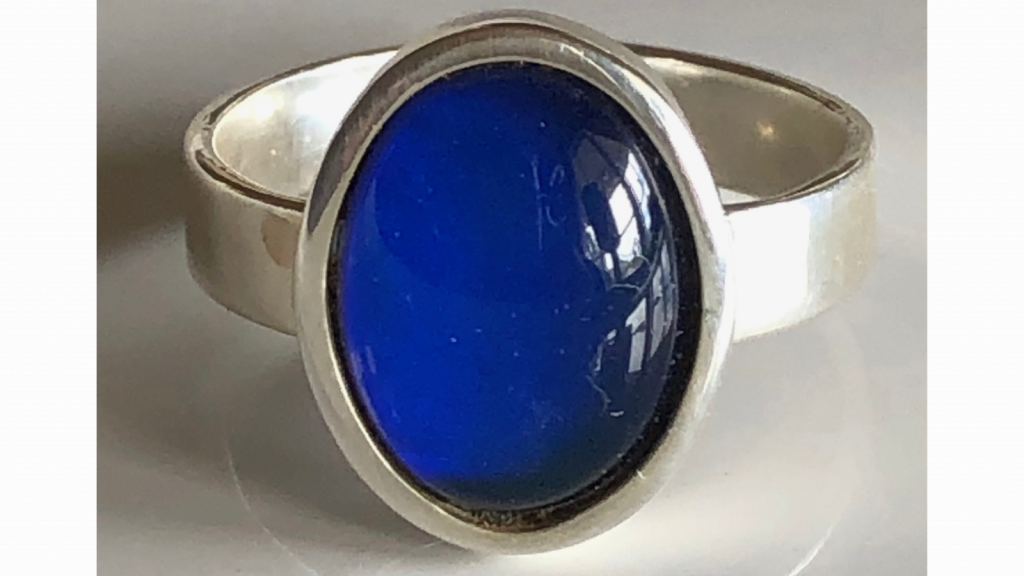
Invented in 1975 but conceptualized earlier, mood rings claimed to change color based on the wearer’s emotions. They contained liquid crystals that changed color with temperature changes. People thought these rings could reveal hidden feelings and improve communication. But mood rings were more novelty than science. Body temperature doesn’t reliably indicate mood, and the rings often got stuck on one color. While briefly popular, mood rings never became the emotional insight tool some hoped for.
The Food Pill

In the 1960s, futurists predicted we’d be popping pills instead of eating meals by the year 2000. The idea was that these pills would contain all the nutrients we need, saving time on cooking and eating. Some companies even tried to develop prototypes. But food pills never caught on. They couldn’t replicate the taste, texture, and social aspects of real food. People also realized that the joy of eating was something they didn’t want to give up.
Katy Willis is a writer, master herbalist, master gardener, and certified canine nutritionist who has been writing since 2002. She’s finds joy in learning new and interesting things, and finds history, science, and nature endlessly fascinating.
